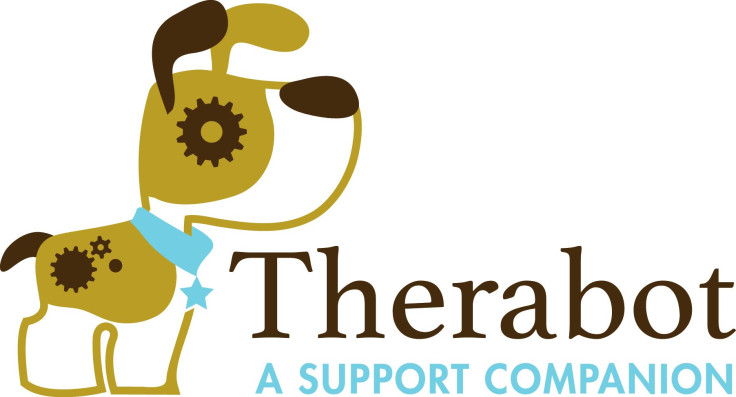A New Robotic Puppy Called Therabot May One Day Help People With PTSD Cope

Everyone loves cute and cuddly animals. They shower you in love and make it seem like they only have eyes for you. That’s why dogs are used for therapy; they’re just so happy to be dogs that you can’t not be happy when they’re around. Robots, however, don’t seem like they’d be cute and cuddly. All that metal and artificial intelligence and the threat of Skynet becoming operational always hanging over your head can really bum a person out. Well, at least one robot isn’t bent on world domination.
Therabot is a robotic beagle currently under development at Mississippi State University’s Social, Therapeutic, & Robotic Systems (STaRS) Lab, under the guidance of director Dr. Cindy Bethel. They’re creating this pooch to help bridge the gap between using real animals and stuffed animals for effective therapy for those with PTSD.
“The problem with animal-assisted therapy is that a lot of people have allergies, and they don’t want to take care of a pet,” Bethel told Wired. “Or they’re afraid of them.”
Stuffed animals, on the other hand, are great for the here and now, but they don’t have the same lively intractability of their real-life replicates. Therabot looks like a stuffed dog and can also respond to the user’s physical cues with nuzzles, sounds, and more, but doesn’t create any physical or allergy-related threat.
Therabot has three degrees of freedom in its head, and all of its joints move. Its tail wags up, down, and sideways realistically, while it has conductive fabric instead of fur, which allows the robot to tell how hard or soft it’s being touched. It can also respond correctly if it’s upside down or right side up.
“Therabot will pat somebody, have the ability to nuzzle against you. It has the ability to make sounds like a dog,” Bethel said. “I expect the results to be very similar to what you would see with animal-assisted therapy with an actual dog.” She’s hoping that it will be more affordable than having a real dog and easier to bring home and have it sit on your lap.
Therabot is a robot puppy, but that doesn’t mean Bethel and her team didn’t look at other iterations. A cat, frog, bear, and abstract shapes were all considered; one was just a fluff ball with arms and legs. In the end, after surveying 1,045 participants, the dog won.
Though the goal of Therabot is to help people with post-traumatic stress disorder and other illnesses, the effectiveness of the robot has yet to be tested. The first prototype is complete but overheats due to all the wires and stuffing. There isn’t a timeline for when it will be used in clinical trials or when it will be found on store shelves. However, there is hope it will be effective. Bethel’s team has interviewed 13 different clinicians and several dozen survivors of abuse to determine what features would be most helpful.



























